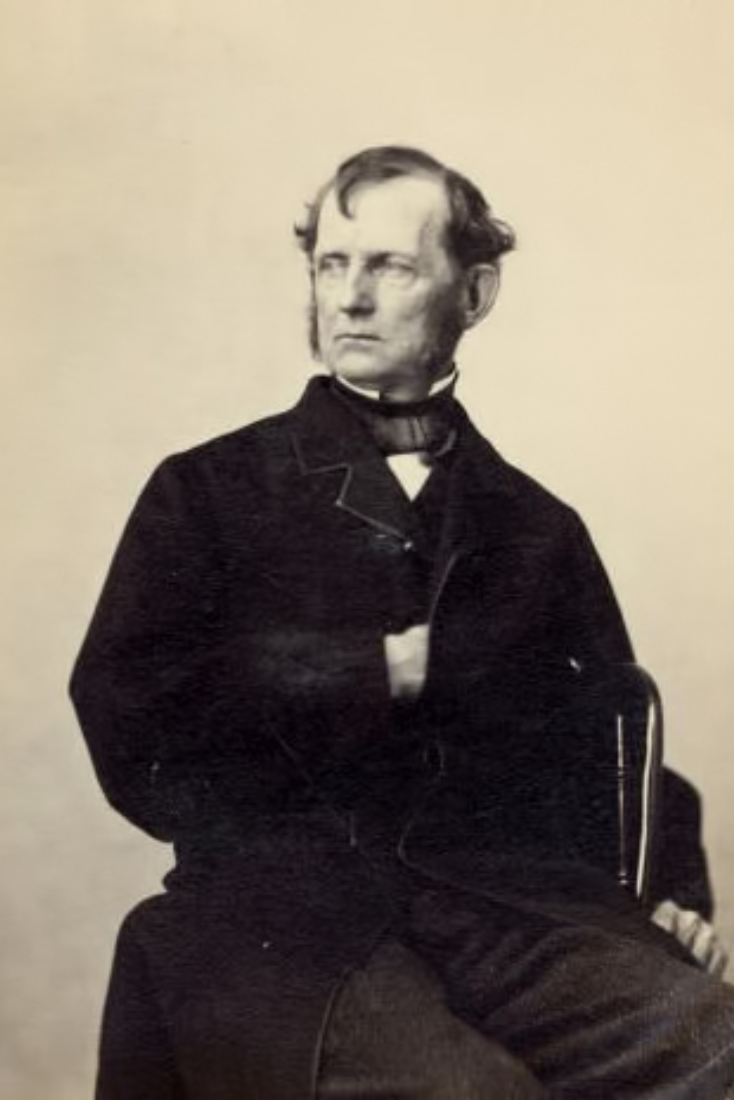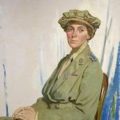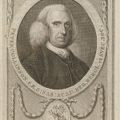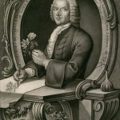William Starling Sullivant
Founding Family of Franklinton
Today is the birthday of William Starling Sullivant.
Sullivant was born to the founding family of Franklinton, Ohio. His father, Lucas, was a surveyor and had named the town in honor of the recently deceased Benjamin Franklin. The settlement would become Columbus. In 1823, William Sullivant graduated from Yale College. His father would die in August of that same year. Sullivant took over his father's surveying business, and at the age of thirty, he began to study and catalog the plant life in Central Ohio.
In 1840, Sullivant published his flora, and then he started to hone in on his calling: mosses. Bryology is the study of mosses. The root, bryōs, is a Greek verb meaning to swell. It's the etymology of the word embryo. Bryology will be easier to remember if you think of the ability of moss to swell as it takes on water. As a distinguished bryologist, Sullivant not only studied and cataloged various mosses from across the United States, but also from as far away as Central America, South America, and from various islands in the Pacific Ocean.
Mosses suited Sullivant's strengths, requiring patience and close observation, scrupulous accuracy, and discrimination. His first work, Musci Alleghanienses, was:
"exquisitely prepared and mounted, and with letterpress of great perfection; ... It was not put on sale, but fifty copies were distributed with a free hand among bryologists and others who would appreciate it."
In 1864, Sullivant published his magnum opus, Icones Muscorum. With 129 truly excellent illustrations and descriptions of the mosses indigenous to eastern North America, Icones Muscorum fixed Sulivant's reputation as the pre-eminent American bryologist of his time.
In 1873, Sullivant contracted pneumonia - ironically, an illness where your lungs fill or swell with fluid - and he died on April 30, 1873.
During the last four decades of his life, Sullivant exchanged letters with Asa Gray. It's no wonder, then, that he left his herbarium of some 18,000 moss specimens to Gray's beloved Harvard University.
When Sullivant was still living, Gray summoned his curator at Cambridge, Leo Lesquereux, (pronounced "le crew"), to help Sullivant, he wrote to his friend and botanist John Torrey:
"They will do up bryology at a great rate. Lesquereux says that the collection and library of Sullivant in muscology are Magnifique, superb, and the best he ever saw.'"
On December 6, 1857, Gray wrote to Hooker,
"A noble fellow is [William Starling] Sullivant, and deserves all you say of him and his works. The more you get to know of him, the better you will like him."
In 1877, four years after Sullivant's death, Asa Gray wrote to Charles Darwin. Gray shared that Sullivant was his "dear old friend" and that,
"[Sullivant] did for muscology in this country more than one man is likely ever to do again."
The Sullivant Moss Society, which became the American Bryological and Lichenological Society, was founded in 1898 and was named for William Starling Sullivant.
This post was featured onThe Daily Gardener podcast:
helping gardeners find their roots,
one story at a time






